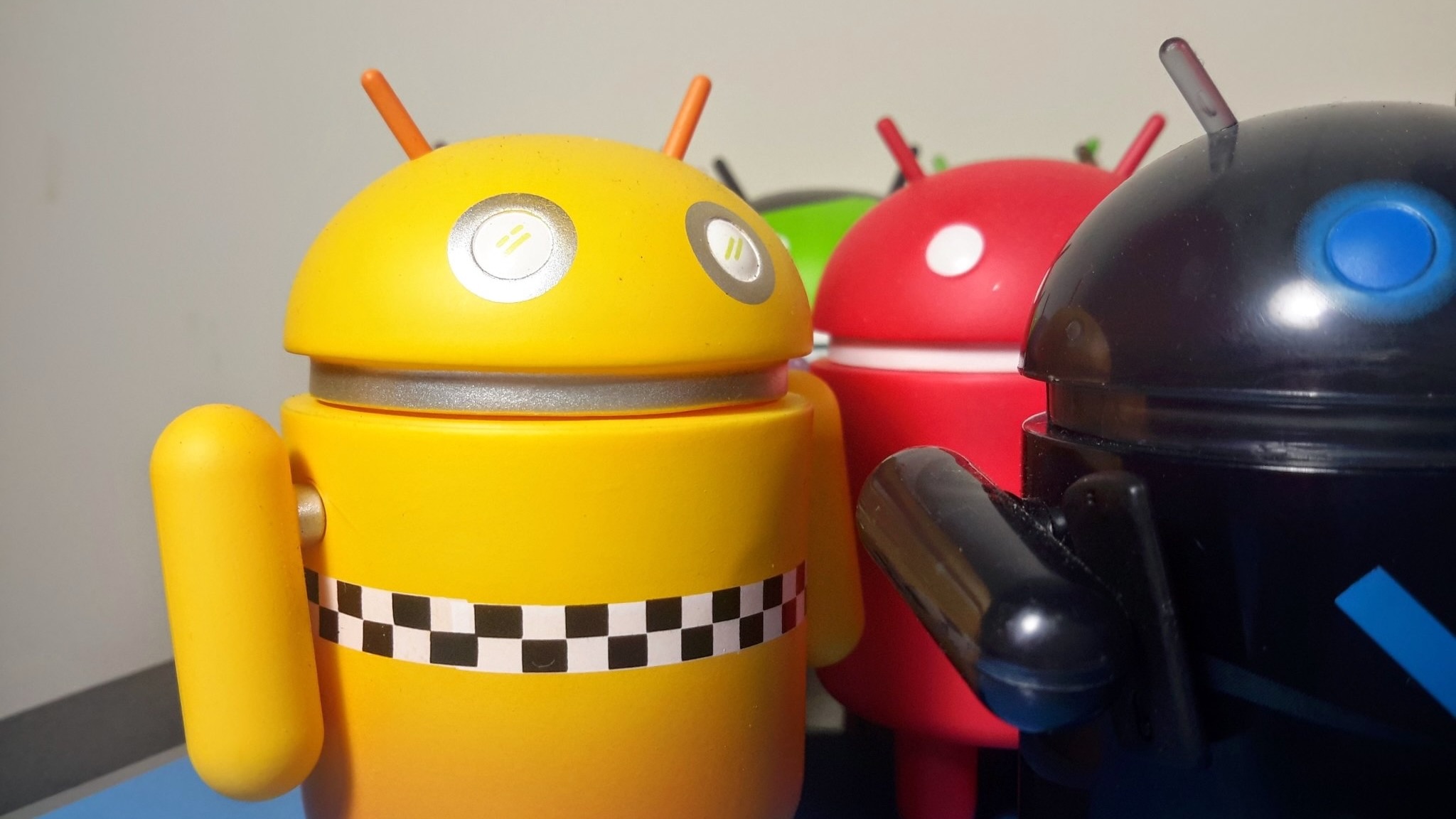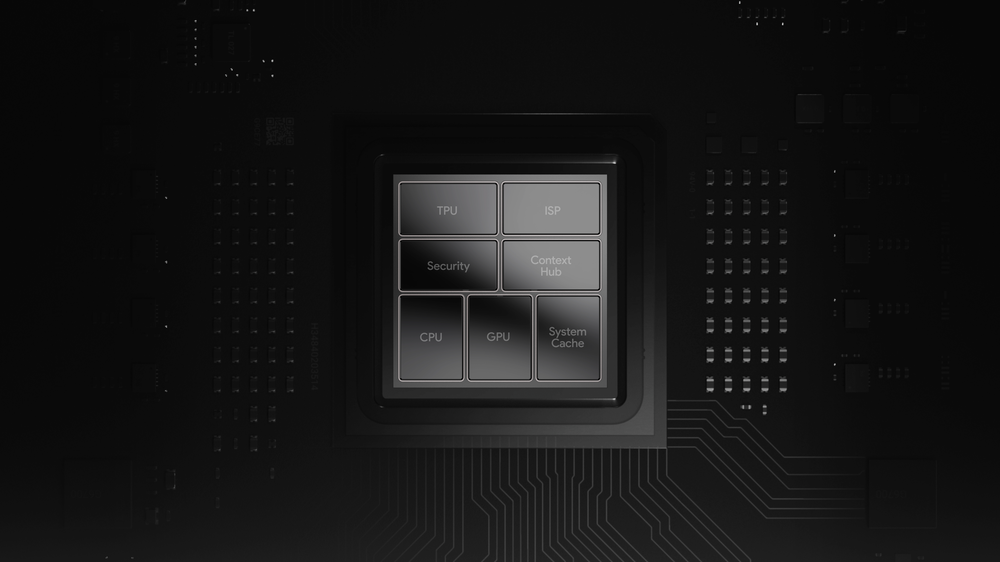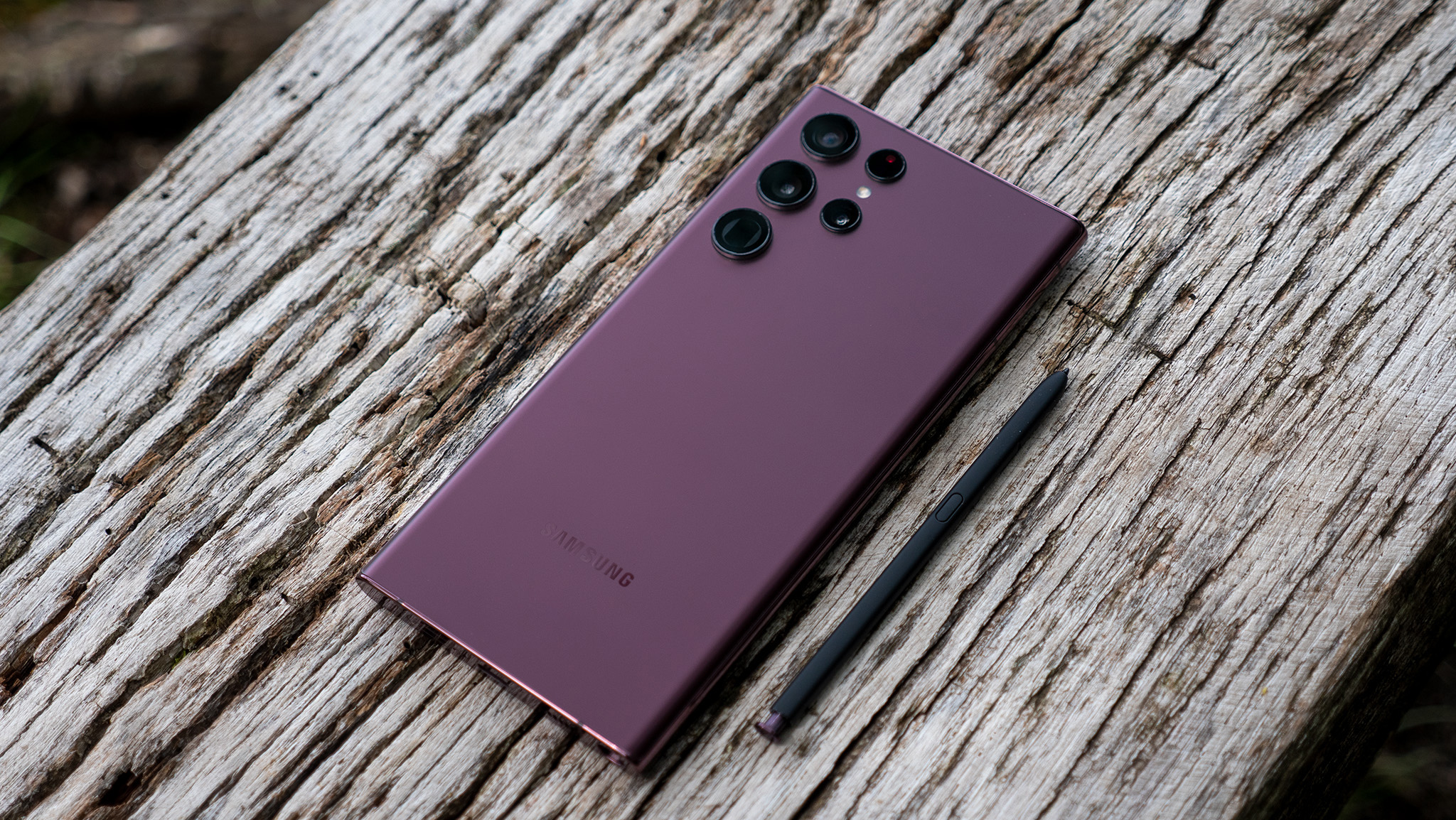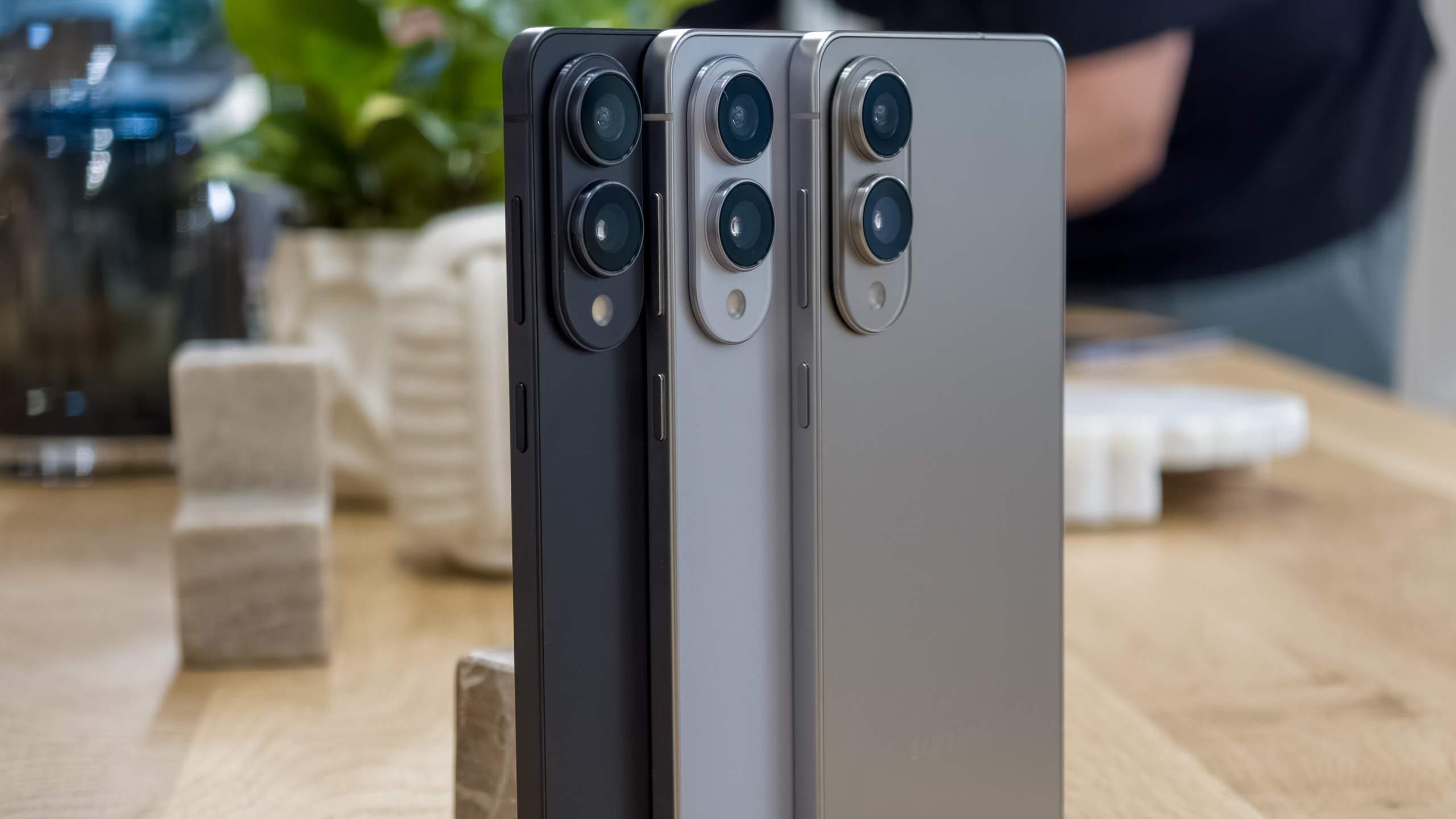The Pixel 6a is further proof that you don't need expensive camera parts in your next phone
Even the best camera parts can't do it all.

For a lot of people, the most important part of a phone is its camera. Phone makers know this, and try hard to convince you that the cameras on their products are the best, and usually it's followed by a list of hardware that makes it possible. Here's a secret — even the very best, most expensive camera sensor and lens small enough to put inside a phone sucks.
It's true that some suck more than others, and that you can get better results by using the best hardware. However, that's only if you pay the same attention to the things that are more important when it comes to creating a good photo from the camera on your phone.
The things you can't see

The most important pieces of the chain when it comes to taking a good photo with your phone are things you can't see.
The lenses and sensors only exist to gather data — when you tap the button, tiny parts collect light of different wavelengths and shuffle that data off to be processed and turned into a photograph. Every digital camera does this the same way. Where phone cameras are different is how much the software powering these parts comes into play. Yes, that means more algorithm stuff.
Inside your phone's chip is a part called the ISP. That stands for "Image Signal Processor," and it does almost all of the heavy lifting when turning that sensor data into a good picture. To do it, phones depend on algorithms tuned to do specific tasks, and the general term for it all is called computational photography.
Computational photography means making magic with physical hardware that sucks.
Every company that makes smartphone chips uses a high-quality ISP, and you can get a good photograph from any smartphone made in the last five years. That doesn't mean you can get consistently good photos from every phone, though. Usually for that to happen, you have to spend a lot of money on an expensive phone.
This isn't always the case, though, and we've seen Google's budget a-series phones consistently ranked among the best Android cameras since they were first released. And they do it all while using years-old low-megapixel count sensors, and mediocre lenses.
Get the latest news from Android Central, your trusted companion in the world of Android
Google is better at software, rather than hardware

Google leans on what it does best when taking a photo — software. The Google Tensor has a suitable ISP, but it's no better or worse than the ISP Qualcomm offers, or what we see from Samsung or MediaTek. It exists to run software on the collected data.
That's not to say that the ISP hardware isn't important. It needs to be fast and consistent just like every other link in the photo assembly chain. I'm just saying they are all more than good enough, and the real differentiator is the software algorithm(s). Google is just really good at them when used to create a great photograph.
I hate writing about algorithms, almost as much as you hate reading about them. The whole concept is difficult to explain without writing a bazillion words, and even then, it's hard to describe how computer code can possibly make decisions without our help. But they can, even if we all don't fully understand how.
Google is good at making phones that bend or have defective screens, but still take awesome photos.
That's where the Pixel 6a comes into the picture (puns haha). This $450 phone takes better photos than any other $450 phone, and often takes better photos than any $1,000 phone. And it uses old tired hardware to do it.
What's more important is that it takes good photos consistently. You can take any phone, put it on a tripod in the best lighting, and get an amazing photograph. What's important is that you can pull your phone out of your pocket, just tap a button, and the photo is good.
This won't happen every time, but it will happen more often with a Pixel phone — even the cheapest Pixel phone — than it does with any other brand, including an iThing.
There is always room for improvement

None of this means that Google can't use better camera hardware. Maybe it should — imagine 100X zoom, adjustable apertures, Carl Zeiss lenses, or any of the other expensive camera features we've seen over the years, combined with Google's black magic. Google would have to adjust its basic algorithms to compensate for it all, but the multi-billion-dollar company should be capable of doing it.
I don't ever think it will, though, because doing it the cheap way keeps costs down. You and I might be smartphone nerds enthusiasts that want to inject the very latest hardware into our veins, but Google knows that the price tag is what most people look at. Of course, I'm acting as if Google really cares about selling phones, but I don't think it does. Maybe it does it with cheap hardware just because it can.
Hey Google: Do video cameras next.
Google could, and should, start working on taking better videos. Pixel phones lag behind the competition when it comes to taking video for the same reasons it is in the lead when it comes to taking photos — the steps between the camera lens and your screen.
You can get great videos with your Pixel, and I do it all the time. It's just not nearly as consistent as what you see from other brands. Maybe the Pixel 7 can change this. Maybe not.
Either way, knowing that you can buy the best smartphone camera out there, and only spend $450 on it, is great. If the camera is what's most important to you, and it's time to buy a new phone, look past the Apples and Samsungs and maybe reach for something in the budget section.

Jerry is an amateur woodworker and struggling shade tree mechanic. There's nothing he can't take apart, but many things he can't reassemble. You'll find him writing and speaking his loud opinion on Android Central and occasionally on Threads.
